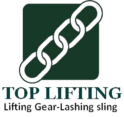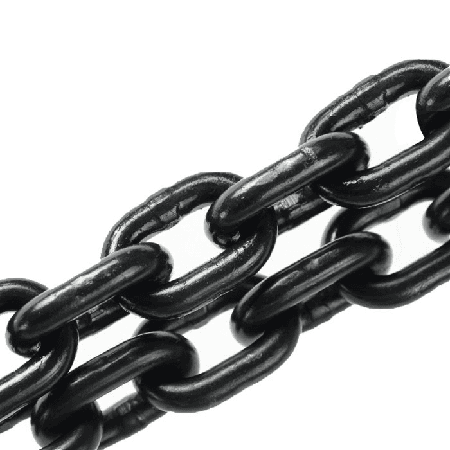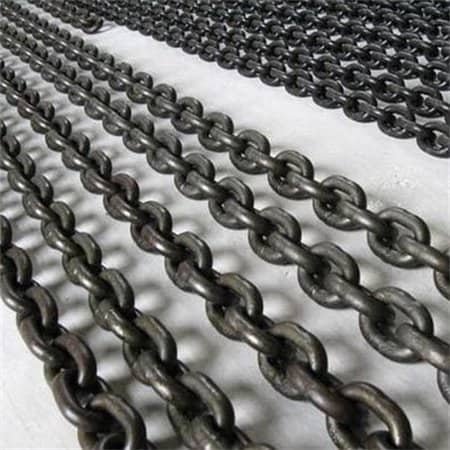Why sling protector sleeves are essential for lifting slings: material, features, and choosing guide.
Lifting slings—whether webbing sling or round sling—are the backbone of any heavy lifting operation. But even the toughest slings have a weakness: sharp edges, abrasive surfaces, and constant wear. That’s where sling protector sleeves come in.
What Are Sling Protector Sleeves?
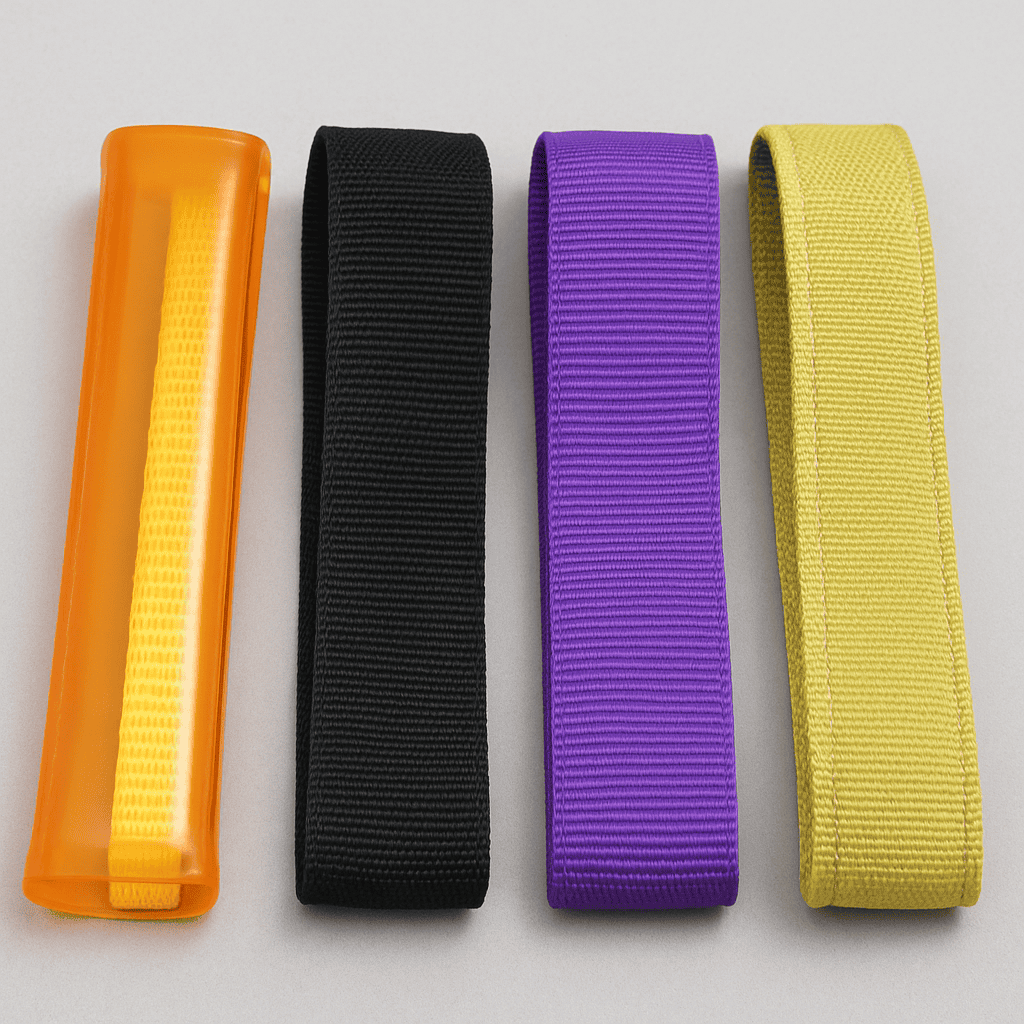
A sling protector sleeve is an additional cover that wraps around a lifting sling to provide enhanced protection against damage. Made from materials like polyurethane (PU), nylon, polyester, or even cut-resistant Kevlar, they act like armor for your slings.
They come in different styles:
- Sewn-on sleeves (permanently attached)
- Removable sleeves (slip-on tubes for flexible use)
- Heavy-duty cut-proof sleeves (for razor-sharp edges)
Why Use a Sling Protector?
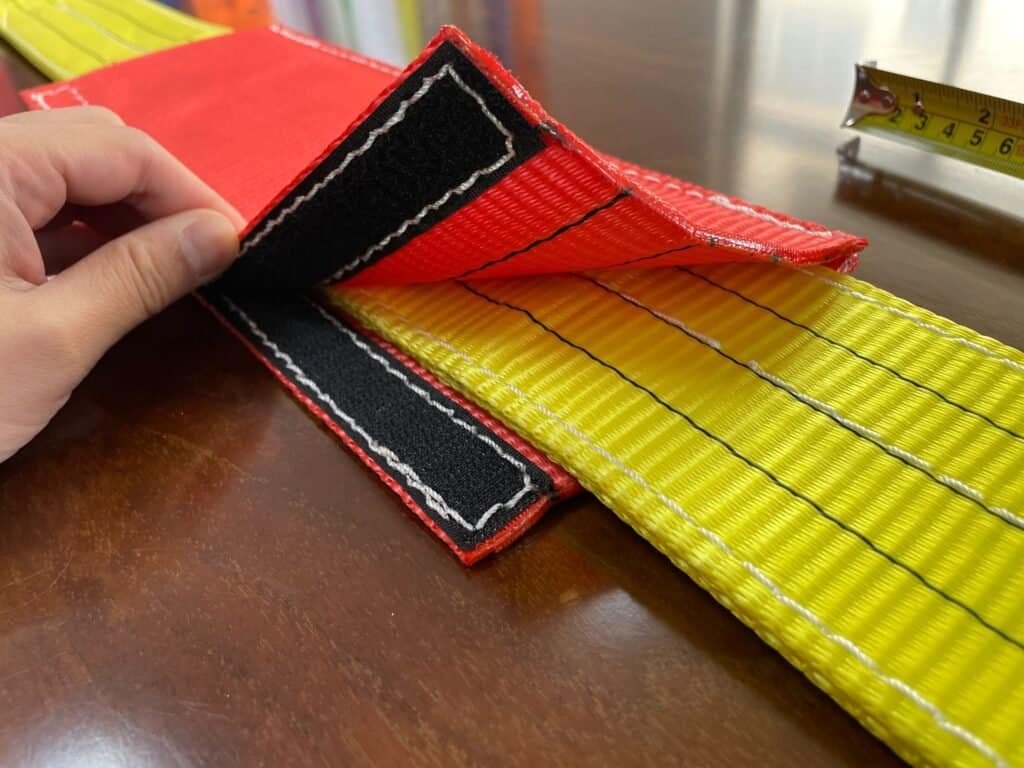
- Stop Abrasion Before It Ruins Your Slings
Every time a sling rubs against a rough surface—concrete, metal, or machinery—it weakens. A protector sleeve takes the beating instead, saving the sling underneath. - Block Deadly Cuts from Sharp Edges
Steel plates, machinery parts, and construction materials often have knife-like edges. One wrong move, and an unprotected sling can snap. A cut-resistant sleeve prevents that disaster. - Make Your Slings Last Longer
Replacing worn-out slings gets expensive. A sleeve can add years to a sling’s life, saving you money in the long run. - Safety First—No Compromises
Damaged slings are a major safety hazard. Using protector sleeves minimizes the risk of sling failure, helping you maintain compliance with lifting safety standards and protecting your crew.
When Should You Use a Sling Protector?

- ✔ Lifting steel coils, beams, or metal plates
- ✔ Handling concrete pipes, rough castings, or machinery
- ✔ Repetitive lifts in construction, manufacturing, or rigging
- ✔ Anywhere safety regulations demand extra protection
How to Choose the Right Sleeve?
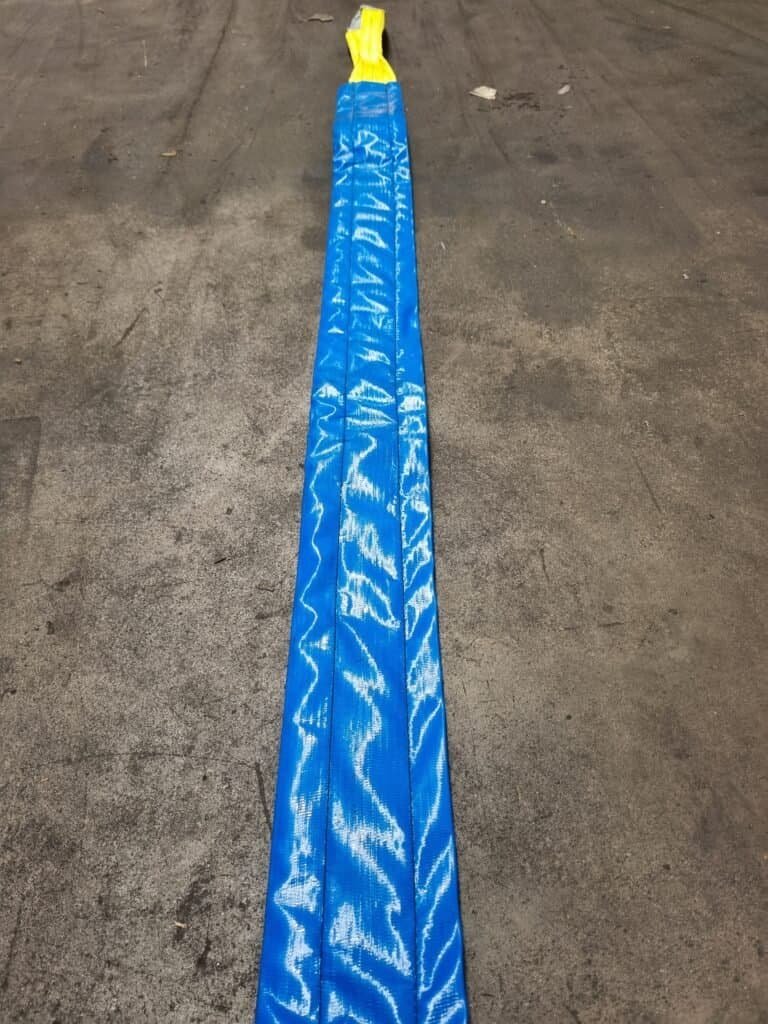
Here’s a quick guide to help you pick the right sleeve for your lifting application:
| Material | Features | Best For |
|---|---|---|
| Polyurethane (PU) | High abrasion and cut resistance, semi-rigid | Steel plates, sharp-edged metal |
| Nylon | Flexible, moderate abrasion resistance | General-purpose lifting |
| Polyester | Budget-friendly, good for light-duty use | Non-abrasive, smooth-surfaced loads |
| Kevlar or other anti-cut fibers | Extreme cut resistance, high strength | High-risk environments |
Tips for Safe and Effective Use
- Cover the right spot – Position the sleeve where the sling touches sharp edges.
- Check for wear – Inspect sleeves regularly and replace if torn.
- Prevent slipping – Ensure removable sleeves stay in place during lifts.
- Match the size – A loose sleeve won’t help; a tight one restricts movement.
Conclusion
Sling protector sleeves may seem like a small accessory, but they make a big difference in both safety and efficiency. Whether you’re lifting heavy machinery, steel components, or irregularly shaped loads, a well-chosen sleeve helps prevent costly damage and dangerous failures. If your operation involves frequent lifting, consider protective sleeves not as an option, but as a standard part of your lifting gear.
Need help picking the best sleeve for your job? Contact us for expert advice or custom solutions.
